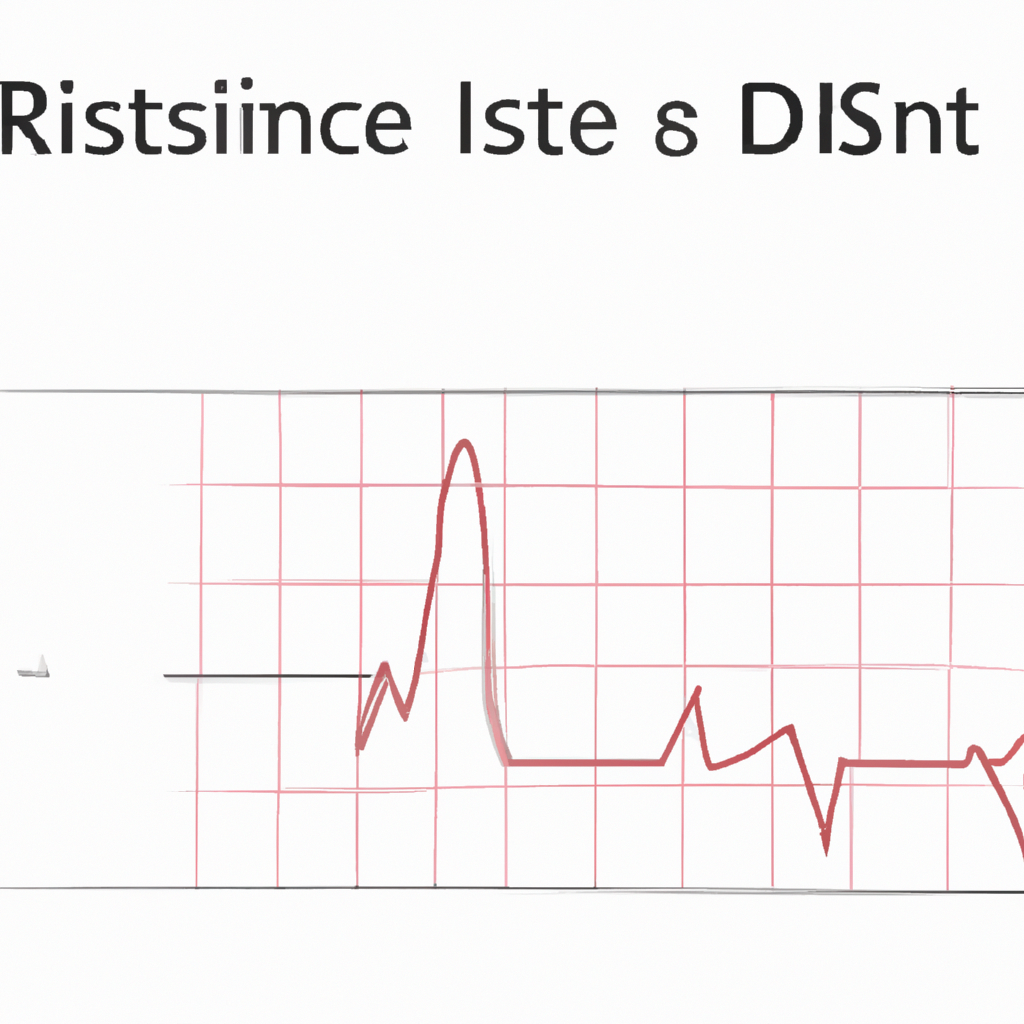Identifying RSI Divergence
Relative Strength Index (RSI) is a popular momentum oscillator that measures the speed and change of price movements. One of the key signals that traders look for when using RSI is divergence. Divergence occurs when the price of an asset moves in the opposite direction of the RSI indicator. This can signal a potential reversal in the price trend. Here are some ways to identify RSI divergence:
1. Regular Divergence
Regular divergence occurs when the price of an asset makes a higher high or lower low, but the RSI indicator fails to confirm the move. In other words, if the price is making new highs or lows, but the RSI is not following suit, it could be a sign that the current trend is losing momentum and a reversal may be imminent.
2. Hidden Divergence
Hidden divergence occurs when the price of an asset makes a lower low or higher high, but the RSI indicator shows the opposite movement. This type of divergence can signal a continuation of the current trend rather than a reversal. Traders can use hidden divergence to confirm the strength of a trend and make informed trading decisions.
3. Bullish and Bearish Divergence
Bullish divergence occurs when the price of an asset makes a lower low, but the RSI indicator makes a higher low. This can indicate that despite the downward price movement, the momentum is shifting in favor of the bulls. Conversely, bearish divergence occurs when the price makes a higher high, but the RSI makes a lower high, signaling a potential reversal to the downside.
4. Using RSI Divergence in Trading
Traders can use RSI divergence as a tool to confirm potential trend reversals or continuations. When identifying divergence, it is important to look for confirmation from other technical indicators or price action signals. Divergence alone may not always be a reliable signal, so it is essential to use it in conjunction with other analysis techniques.
Overall, RSI divergence can be a powerful tool for traders to identify potential trend changes and make informed trading decisions. By understanding the different types of divergence and how to interpret them, traders can enhance their technical analysis skills and improve their trading strategies.










